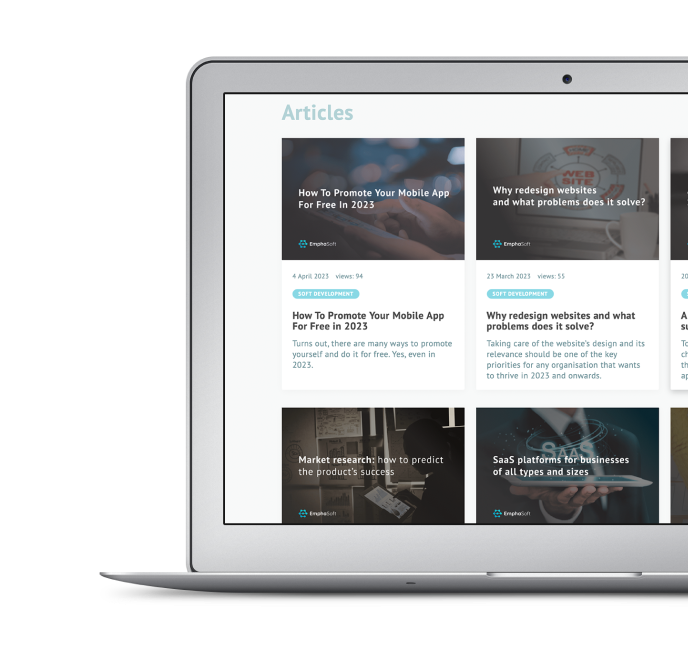Nowadays, brands are increasingly launching their own mobile applications. Companies understand having an official app may attract more clients because many users find it more comfortable to communicate with business via mobile apps. They provide a channel for quickly receiving consultation from a brand's manager or leaving feedback about a product or service. Apps also provide a great opportunity to increase users' loyalty and turn them into regular customers. Apps are even used to help optimize inner business processes such as staff coordination, communications, sales and marketing activities.
Mobile apps today can provide a strong competitive advantage for a business, inciting many brands to pay special attention to developing and improving their applications. A constant growth of customer demand combined with new technological innovations make mobile apps increasingly relevant to any business plan.
How to create a really functional and efficient app that meets both clients’ expectations and the needs of a company?
One of the most popular and productive ways of creating an application that is useful for both customers and brand is to run A/B testing. Ideally, A/B testing should be conducted in the run-up to an app launch and before each new change of interface or functionality. A/B tests can be used to compare two versions of a hypothetical adjustment for growing sales and improving services before rolling out a finished version. By testing user’s responses on each variant, the A/B test can determine which option works best.
The main rule for performing an A/B test is to clearly state a null and alternative hypotheses before starting the process. Another important thing is that the respondents should be homogeneous as far as possible, meaning they have some common characteristics such as location, life experience, and areas of interest or activity – it depends on the particular test. However, results may contain a measure of uncertainty, which is why we recommend only using an experienced analyst to interpret test results.
Why do companies need to perform A/B tests of their apps?
Design elements, icons, images, text on the first screen, location of call-to-action buttons can have a significant impact on how customers behave while using the app. A/B tests first aim to identify the most appropriate solutions for making a mobile app more efficient, convenient and engaging. By correctly choosing the optimizations to an app, brands can increase conversions and develop a clear vision of their customer’s behaviour. Analyzing the statistical data gained from A/B testing helps brands to improve sales and marketing strategies.
When determining whether to conduct an A/B test, a company should take into account the resources the testing requires – from managing focus groups to interpreting the results. A/B tests should be conducted regularly to identify the most useful app optimizations and provide constant improvements to user experience with a brand’s application.









 Schedule a Discovery Call
Schedule a Discovery Call Schedule Call
Schedule Call